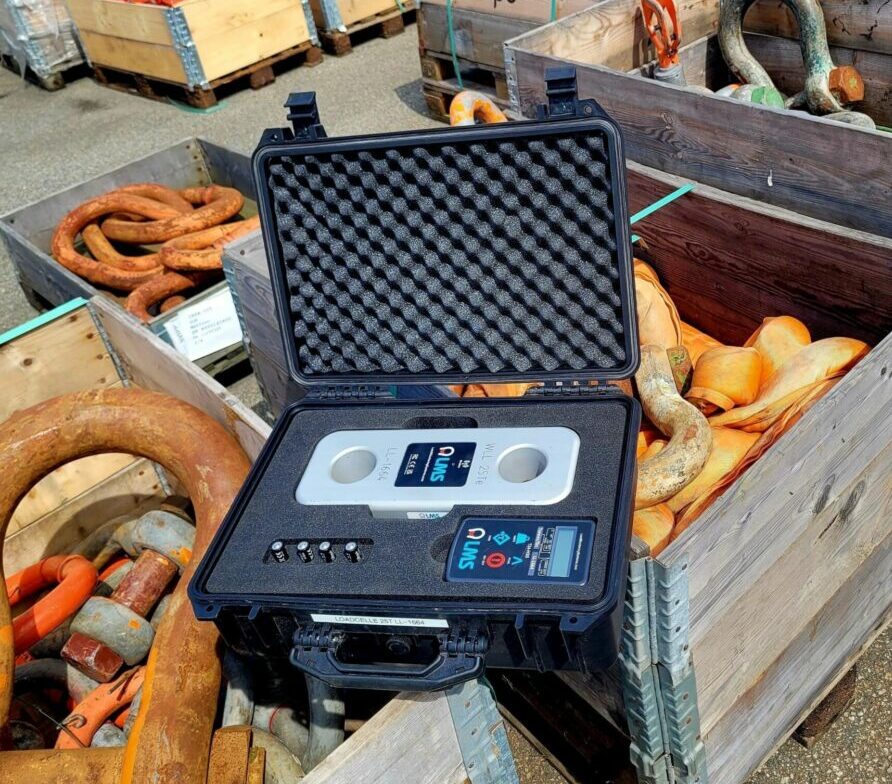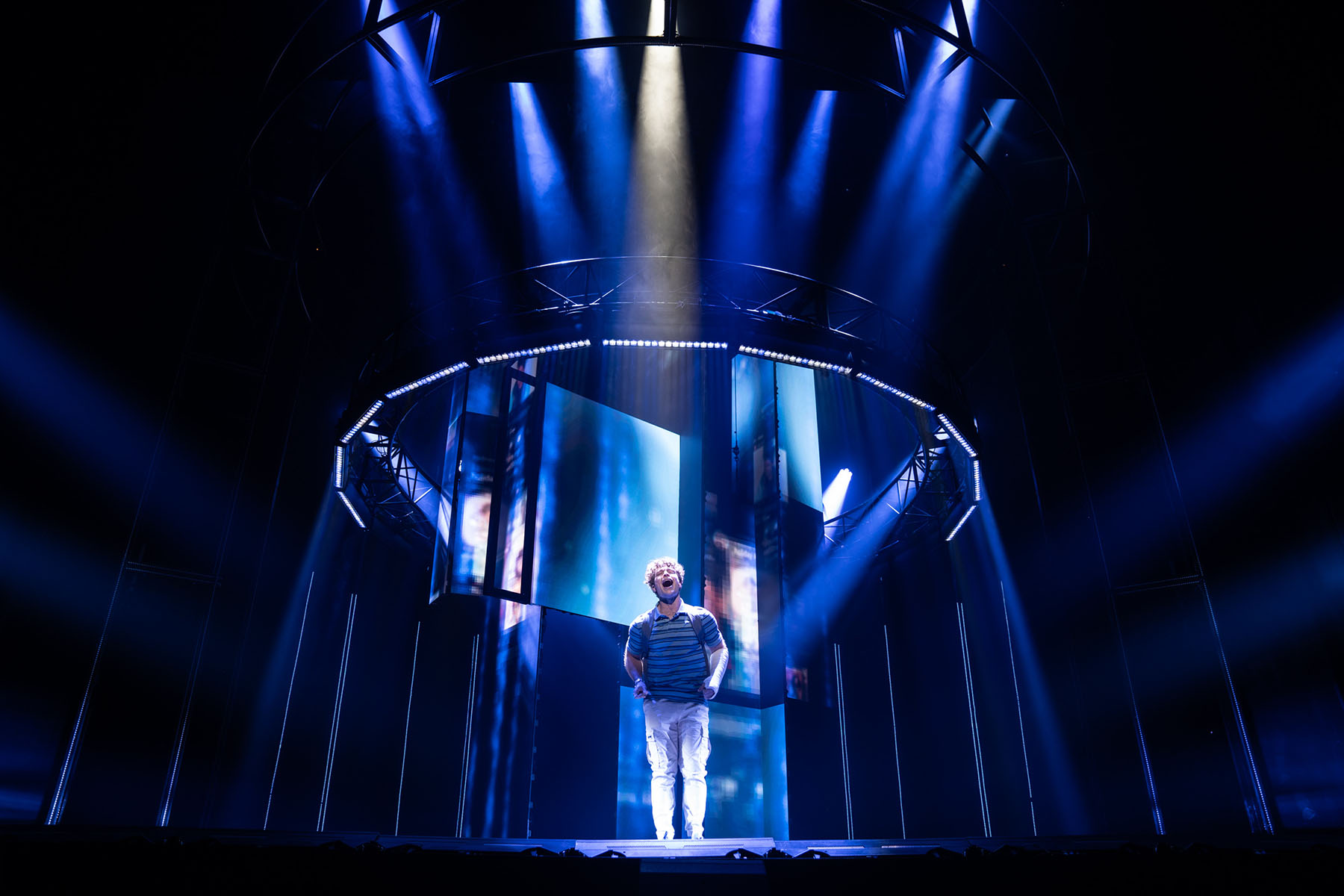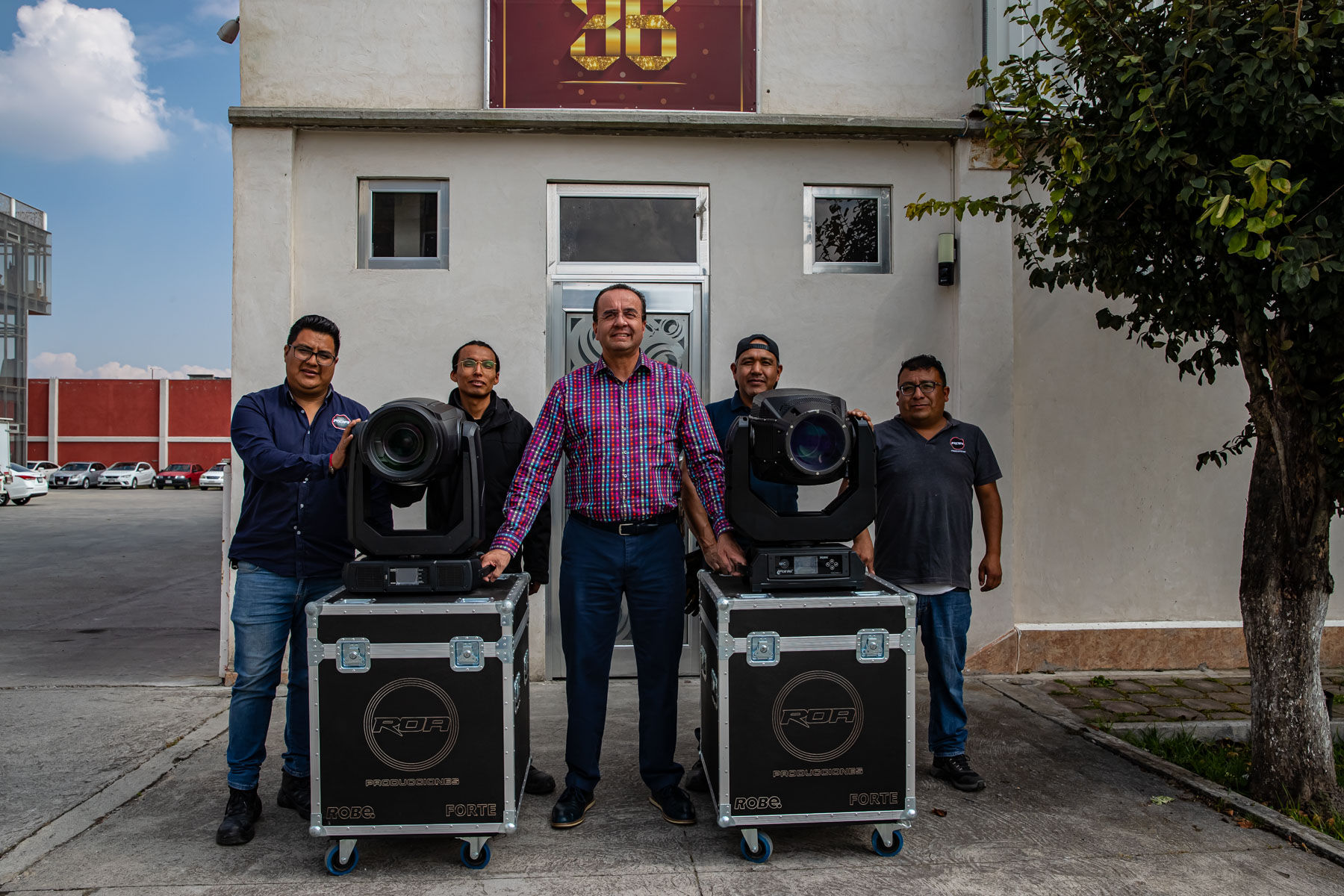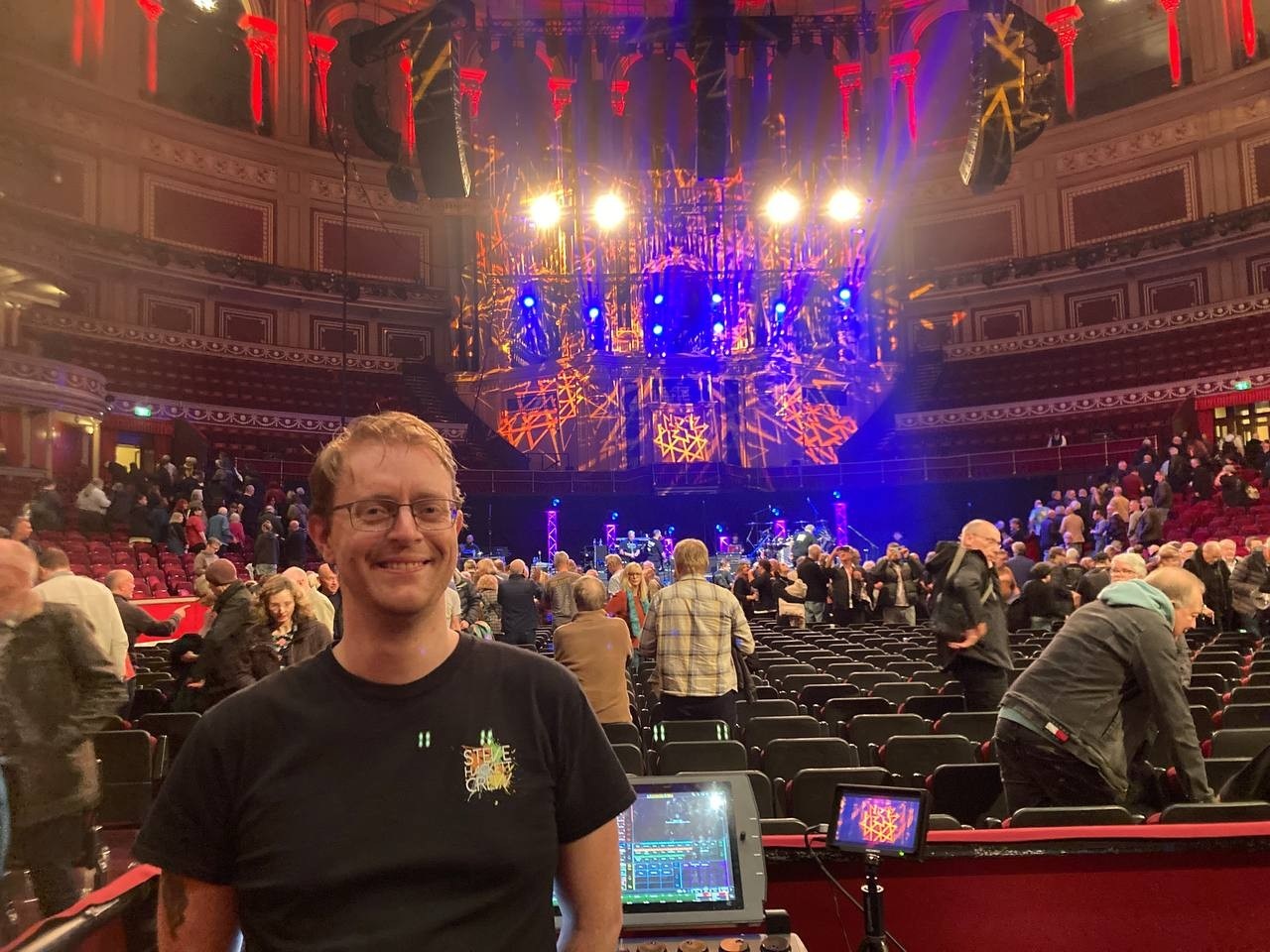OSLO, Norway – LD Al Gurdon made use of 88 Clay Paky Alpha Spot HPE 1200 fixtures for the layered looks that served as an important visual element for the 2010 Eurovision Song Contest. The Alpha Spot fixtures played a key role, accounting for the highest number of profiles used on the show. They were built into alternating positions with Jarag units to make up one of the giant walls which could move up or down via Kinesys motion control.
The entire back wall was pre-fabricated with custom-designed brackets at PRG Birmingham and shipped to Oslo.

Other "layers" included a wall of Chroma-Q Color Block low-resolution LED fixtures, a 3D curtain of 2000 XL X-Balls over the center of the stage and other textural elements such as choucroute, Deko silk drapes, a starcloth curtain and a kabuki drop. PRG, with support from Frontlite, provided all technical equipment and crew for the show.
The Alpha Spot fixtures gave particular flair in the songs for Slovenia, Bosnia and Herzegovina, and especially Ukraine, where the fixtures were programmed into a mesmerizing wave that was part of the stage design release to the press/
Andy Voller controlled all moving lights on a PRG V676 console. "The configuration of the Alpha Spots allowed for some excellent effects. The songs that featured them definitely made a powerful statement," he said.
With the theme for this year's show being "Share the Moment", a key element was including the audience along with whatever happened onstage in the broadcast visuals.

"The lighting design for Eurovision 2010 was based on the need for flexibility; to create a sufficient variety of visual moods and textures to underpin the tones of the musical performances; grand scale; to suit the size and setting of the show, as well as the expectations of its audience; and the need to include the audience and the arena as part of the televised experience," Gurdon said.
"To this end, the approach to the lighting design has been, simultaneously, a movement ‘back to basics,' but with a ‘state of the art' approach to the use of lighting technology," Gurdon added. "The goal is that everything will feel connected. In addition to nearly 2000 Color Blocks, we have a back wall containing 88 Alpha Spot HPE 1200 along with 80 Atomic Strobes and 80 Chromalect ‘Jarag' units, and for lightning effects we have seven 85KW Hungaro Flash."
The Clay Paky Alpha Spot units, Gurdon said, "looked great. The units are fast and bright but also dependable, which is really important when we're dealing with so many fixtures and working in a very tight schedule. I was very pleased."
This was the 56th year for Eurovision. The two semi-final events and finals were held at Norway's Telenor Arena and seen by a combined live audience of 18,000 and a combined viewership via TV and Internet that was estimated in the 200 million range. This year, 39 countries participated.

The events were televised by host broadcaster, NRK with a largely Norwegian production team working under the leadership of executive producer, Jon Ola Sand and TV producer, Hasse Lindmo. Production Manager of Design was Ola Melzig assisted by PRG Project Manager Matthias Rau. Stage design was by Kirsten Weltzin, Bonsak Schieldrop, Trond Olav Erga and Audun Stjern.
Melzig also credited the Alpha Spot fixtures, calling them "phenomenal. Their reliability is always important, especially the way they were used this year – front and center," Melzig added. "Even one failure would have been very obvious. Thanks to their punch, speed and features along with Andy's programming, they added a very dynamic layer to the songs they were used in."
In the end, Lena Meyer-Landrut of Germany was named the winner for her performance of "Satellite."
For more information, please visit www.claypaky.it.
Photos courtesy of M & M Production Management



